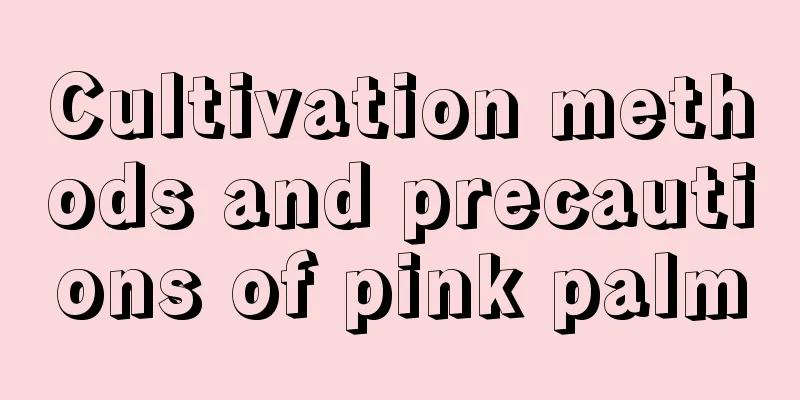Sunflower pictures (introduction to morphological characteristics and maintenance methods)

1. Morphological characteristics1. Roots: Roots are divided into main roots, lateral roots and fibrous roots. The taproot is relatively deep and grows vertically into the ground. Lateral roots will also grow on it and grow horizontally. Fibrous roots will also grow on the lateral roots. 2. Stem: The stem is upright, with a rough surface and bristles. In the later stage, it will become woody and hollow inside. The color of the embryonic stem in the seedling stage can distinguish its variety. 3. Leaves: Leaves are divided into cotyledons and true leaves. There is only one pair of cotyledons, while there are more true leaves, which are opposite or alternate, and have bristles on the surface. 4. Flowers: There is a disk at the top of the sunflower stem, with two kinds of flowers on it. The flowers growing in a circle around the outside of the disk are ligulate flowers, and the flowers growing inside the disk are tubular flowers. The color is mostly yellow. 5. Fruit: The seeds are long, with a shell with black and white stripes on the outside. The cotyledons inside are edible, commonly known as melon seeds. 2. Maintenance methods1. Temperature: Sunflowers do not have high temperature requirements and can grow healthily as long as the temperature is above 10℃. 2. Water: Sunflowers do not require much water during their growth period. But once the bud stage begins, more watering is needed. Less water will reduce the number of seeds. 3. Light: Sunflower is commonly known as sunflower, and it naturally cannot do without light at all stages of its growth. Adequate sunlight can ensure that it grows healthily, has vigorous stems and leaves, and that the seeds are full and plump. 3. Picture appreciation |
<<: Orchid pictures (introduction to morphological characteristics and maintenance methods)
>>: Carnation pictures (introduction to morphological characteristics and maintenance methods)
Recommend
Illustration of asparagus fern pruning method
Asparagus fern is known as the "elegant bamb...
What are the varieties of Margaret flowers?
Pink spray As the name suggests, the flowers are ...
When is the best time to transplant wolfberry trees?
Wolfberry trees like to grow in a cool environmen...
How to care for Qiuli in winter
temperature The climate is cold in winter, so we ...
How much cauliflower yield per mu
Cauliflower yield per mu The specific yield of ca...
How much does a pound of dried dandelions cost? How much does a pound of dandelion seeds cost?
1. The price of dried dandelions The price of a p...
How to grow Chlorophytum comosum hydroponica well and more vigorously
As a plant with tenacious vitality, Chlorophytum ...
How long does it take for jasmine cuttings to take root?
Jasmine cutting rooting time Jasmine is generally...
How long is the growth cycle of cherries?
Cherry Growth Introduction Cherries are suitable ...
What fertilizer is best for potted money trees?
1. Nitrogen and Potash Fertilizers There are two ...
How to eat monk fruit and what to pair with it in soup
1. How to consume The simplest way to eat monk fr...
How much is the average yield of millet per mu? How much is the profit of planting millet per mu?
Millet yield per mu Millet is an important food c...
How to propagate blue fescue
1. Planting This method is a relatively simple me...
What are the Feng Shui considerations for growing flowers in the bedroom
Principles of growing flowers in the bedroom The ...
Is African jasmine poisonous?
Is African jasmine poisonous? When African jasmin...









